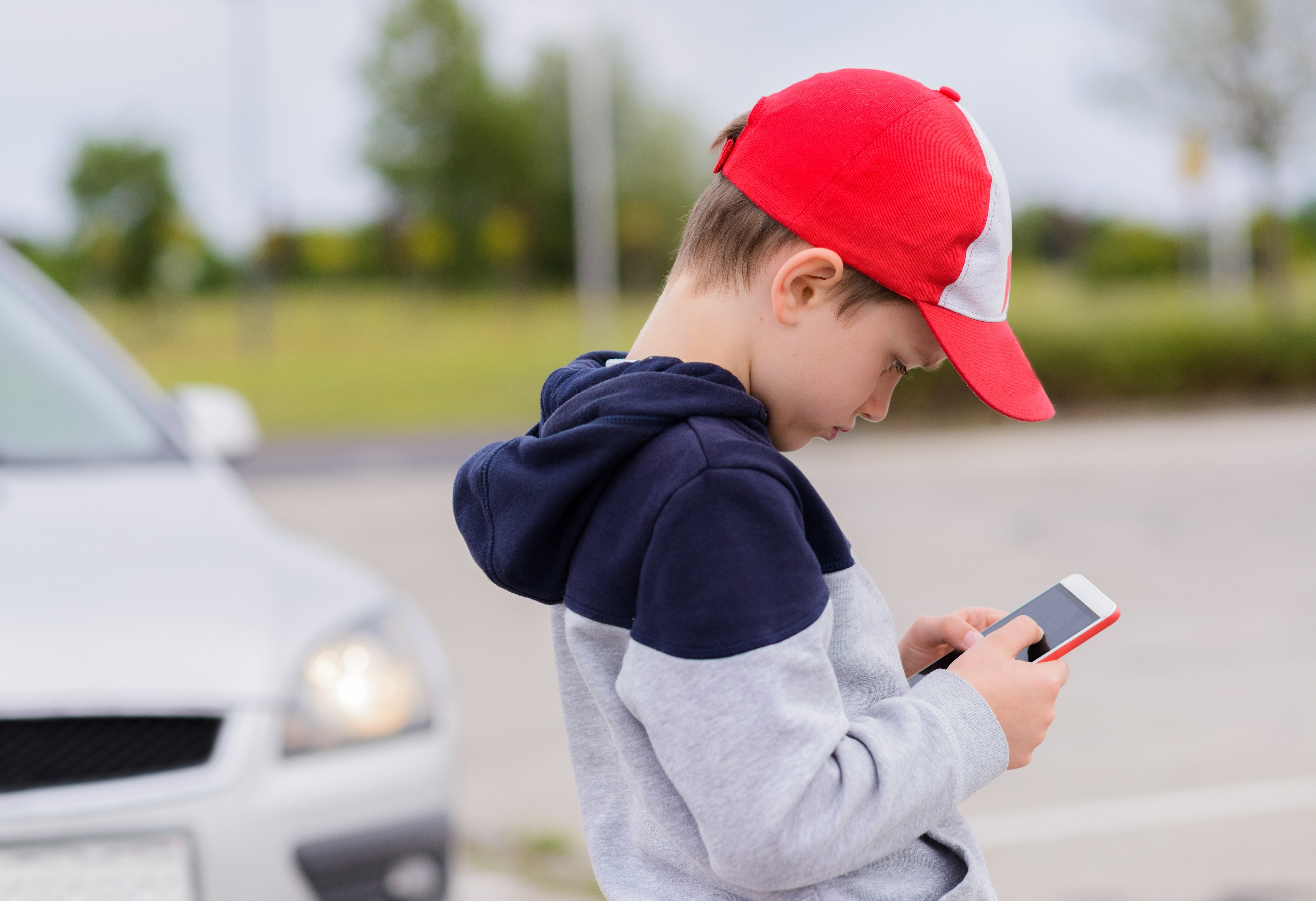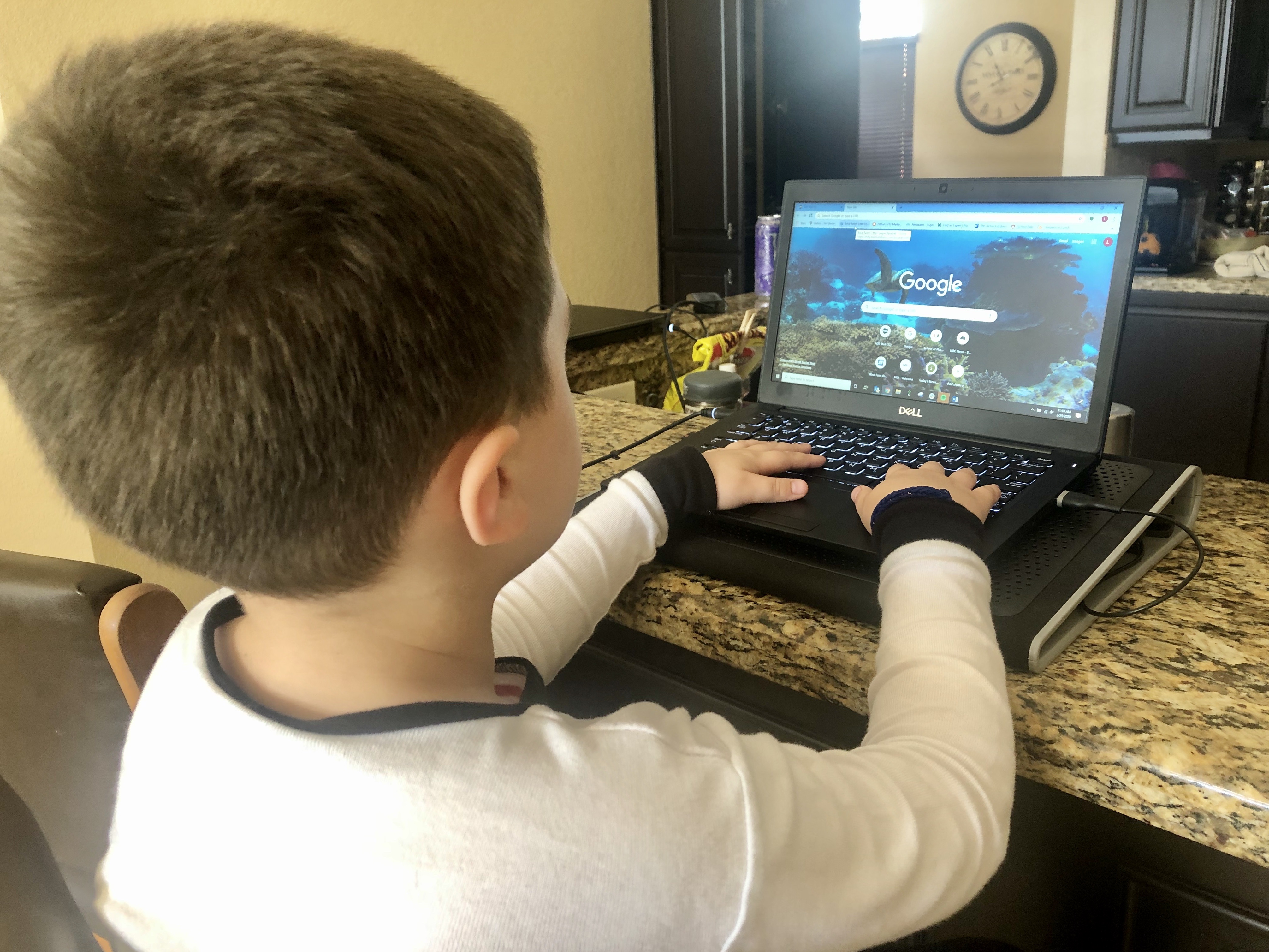As K-12 students head back to school, Cameka Hazel, Ed.D., assistant professor in New York Institute of Technology’s School Counseling, M.S. program, is available for interview/comment on bullying and other topics. Contact [email protected]. The transition from summer to the classroom is…
Tag: Cyberbullying

Teens and Social Media: Five Things Parents Should Know
Social media plays a significant role in everyday life for most teenagers. It helps them stay connected to friends, find community with others and feel a sense of belonging. But how much is too much, and is it more dangerous than beneficial?
Physicians Should Screen Youth for Cyberbullying, Social Media Use
Researchers recommend primary care physicians screen adolescents and young adults for inappropriate or misuse of social media and cyberbullying utilizing screening tools developed for use in the health care setting. Physicians also can ask about the many symptoms that could be warning signs of cyberbullying such as sleep disorders, mood disorders, eating disorders, suicidal thoughts, self-harm behaviors, academic problems, fatigue and headaches. They also can undergo training to detect bullying and ensure that their staff is trained appropriately.
Pandemic Escalated Teen Cyberbullying – Asian Americans Targeted Most
A study of U.S. middle and high school students shows that about 17 percent were cyberbullied in 2016 and 2019, but that proportion rose to 23 percent in 2021. Notably, 19 percent of Asian American youth said they had been cyberbullied, and about 1 in 4 (23.5 percent) indicated they were victimized online because of their race/color. Asian American youth were the only racial group where the majority (59 percent) reported more cyberbullying since the start of the COVID‐19 pandemic. In 2019, Asian American youth were the least likely to have experienced cyberbullying.
Greater Empathy in Adolescents Helps Prevent Bias-based Cyberbullying
Little is known about cyberbullying and empathy, especially as it relates harming or abusing others because of race or religion. A study is the first to examine general cyberbullying, race-based cyberbullying, and religion-based cyberbullying in young adolescents. Results show that the higher a youth scored on empathy, the lower the likelihood that they cyberbullied others. When it came to bias-based cyberbullying, higher levels of total empathy were associated with lower odds of cyberbullying others based on their race or religion.
Study Shows Link Between Cyberbullying and Suicidality in Early Adolescence
Young adolescents who are targets of cyberbullying are more likely to report suicidal thoughts and attempts, an association that goes above and beyond the link between suicidality and traditional offline bullying.
Anyone can be a cyberbully, not just people who are unhinged
People who have high premeditated or impulsive aggressive tendencies online are likely to cyberbully others, according to a new University of Michigan study.
Social media addiction linked to cyberbullying
New research suggests that these increased hours spent online may be associated with cyberbullying behaviors. According to a study by the University of Georgia, higher social media addiction scores, more hours spent online, and identifying as male significantly predicted cyberbullying perpetration in adolescents.

Cartoon Network and Cyberbullying Research Center Release First-Ever National Research Findings on Cyberbullying Among Tweens
A survey of 1,034 tweens found that one in five (21%) tweens have experienced cyberbullying in some way: either by witnessing cyberbullying (15%), having been cyberbullied themselves (15%), or by cyberbullying others (3%). The survey also found that during the coronavirus pandemic, 90% of all 9- to 12-year-olds are using social apps, such as connected games and video-sharing sites in which they interact with others online.
Instagram bets on AI-human collab to stop bullying
Instagram is unveiling two new tools on Tuesday to crack down on cyber-bullying: one will automatically hide comments that look like bullying and another will send a warning message to users whose comments are repeatedly flagged as harmful. Natalie Bazarova,…
Teens Who Think Their Parents Are Loving Are Less Likely to Be Cyberbullies
Adolescents who perceive their parents to be loving and supportive are less likely to engage in cyberbullying, according to a new study by researchers at NYU Rory Meyers College of Nursing.

Another Unintended Consequence of COVID-19: Cyberbullying Could Increase
School districts nationwide are now providing K-12 education online. Stuck at home all day, students will be using apps even more than they already do, which could cause an increase in cyberbullying among youth. Many cyberbullying targets will hesitate to get help from their parents and will suffer silently because they can’t readily stop by the guidance counselor’s office or chat with a teacher after class. A cyberbullying expert provides important tips and advice for teachers and parents.